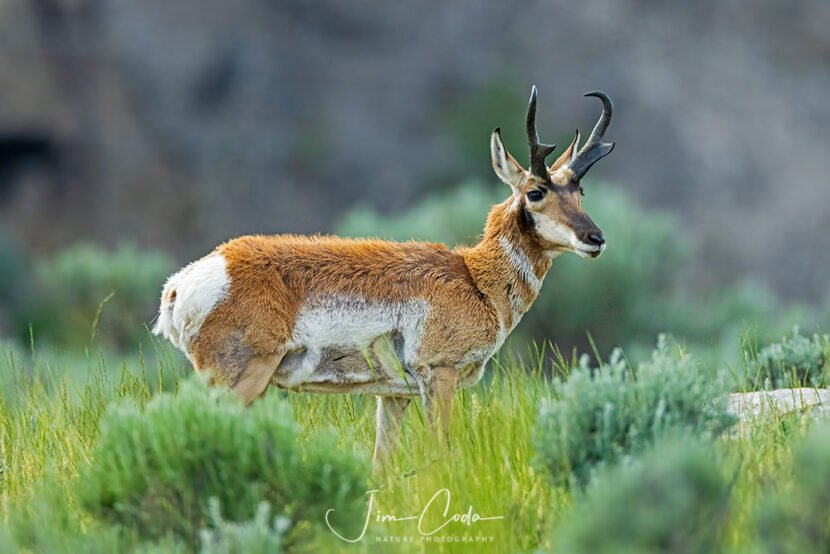Pronghorn Buck, Yellowstone National Park

I photographed this pronghorn buck last June. Just ahead of him and out of the photo was a rambunctious fawn prancing around.
This site is dedicated to wildlife and landscape photography.
This site is dedicated to wildlife and landscape photography.